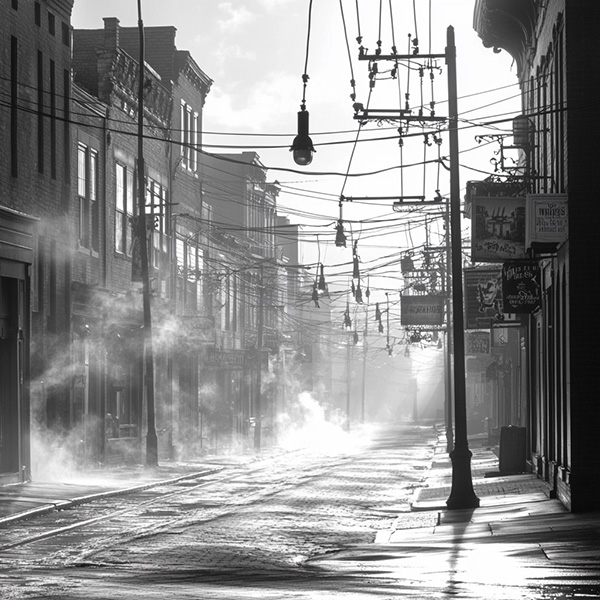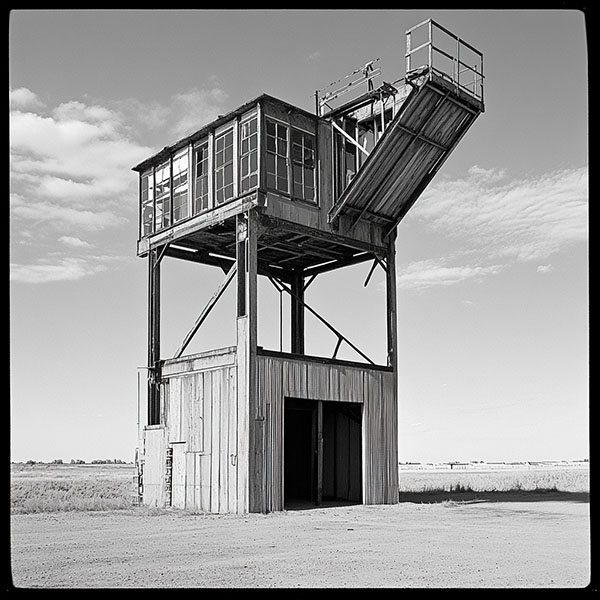New York City has long been a crucible of photographic vision. It’s not just a backdrop—it’s a living subject, pulsing with contrast, rhythm, and tension. For over a century, some of the most influential photographers in history have turned their gaze to this city, using it not merely as location but as language.
As I prepare to photograph New York again, I look back on those who defined it—artists whose visions of the city have shaped how we understand urban life, light, and human presence.
Alfred Stieglitz – The Modern City Emerges
A central figure in elevating photography to the realm of fine art, Alfred Stieglitz was among the first to capture New York not just as a place, but as an evolving idea. His early 20th-century images of Fifth Avenue, steam, and city shadows—especially in his “City of Ambition” series—reflect a metropolis in transformation, veiled in modernist abstraction.
Stieglitz’s photographs weren’t documentary. They were symbolic. He saw New York as a metaphor for the American condition: ambitious, restless, becoming.


Berenice Abbott – Documenting Change with Precision
In the 1930s, Berenice Abbott launched her “Changing New York” project—an ambitious visual chronicle of the city during a time of rapid architectural and economic upheaval. Influenced by both documentary clarity and surrealist structure, Abbott’s work balances rigorous composition with social insight.
She photographed façades, signage, elevated trains, and the geometry of growth. Her images are timeless because they speak to the tension between permanence and flux—a hallmark of New York.
Helen Levitt – Poetry in the Streets
Few photographers captured the soul of New York with the quiet empathy of Helen Levitt. Working in the 1930s and beyond, she documented the play and poise of children in Spanish Harlem and the Lower East Side. Her framing is lyrical, never sentimental—revealing the innate choreography of city life.
Levitt’s later color work is equally masterful: painterly, subtle, and rhythmically composed. Her New York is not monumental—it’s intimate, textured, and deeply human.
Garry Winogrand – Energy and Excess
To understand postwar New York, look at the work of Garry Winogrand. No one captured the chaotic pulse of mid-century America with such manic brilliance. His candid shots of New Yorkers on sidewalks, in diners, or at the zoo are fast, direct, and visceral.
Winogrand didn’t look for moments—he caught them, often just before or after the expected beat. His city is full of contradictions: wealth and weariness, elegance and absurdity. His images feel unfiltered because they were. Yet they’re composed with uncanny intuition.
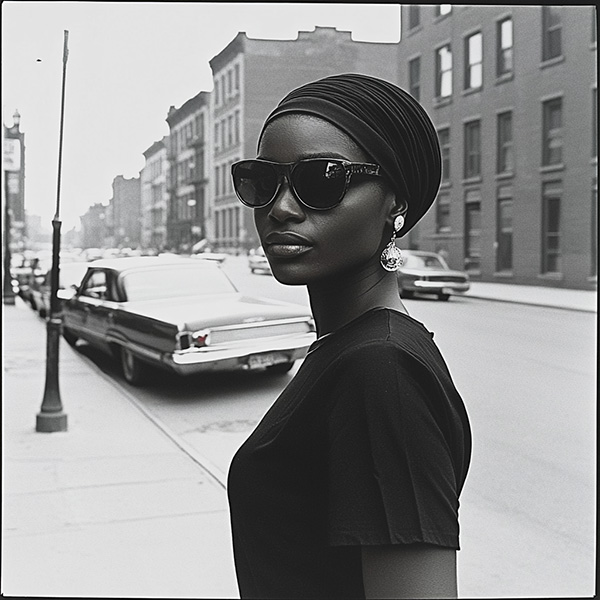

Joel Meyerowitz – Color and Street Elegance
Joel Meyerowitz was one of the first to legitimize color in serious street photography. In the 1960s and ‘70s, he prowled the avenues of New York with a 35mm Leica, capturing the city’s chromatic density and emotional register.
Later, he turned to large-format work, photographing the aftermath of 9/11 with a dignity and restraint that transcended reportage. Whether working fast or contemplatively, Meyerowitz’s work reveals the architecture of presence—how people inhabit the urban stage.
Roy DeCarava – Shadows and Introspection
Too often overlooked in mainstream histories, Roy DeCarava photographed Harlem with a deep sensitivity to light, music, and lived experience. His monochrome images aren’t flashy; they’re meditative—revealing the texture of Black life in mid-century New York with poetic restraint.
DeCarava was less interested in spectacle than in atmosphere. His city exists in minor key—rich in shadow, layered in emotion.
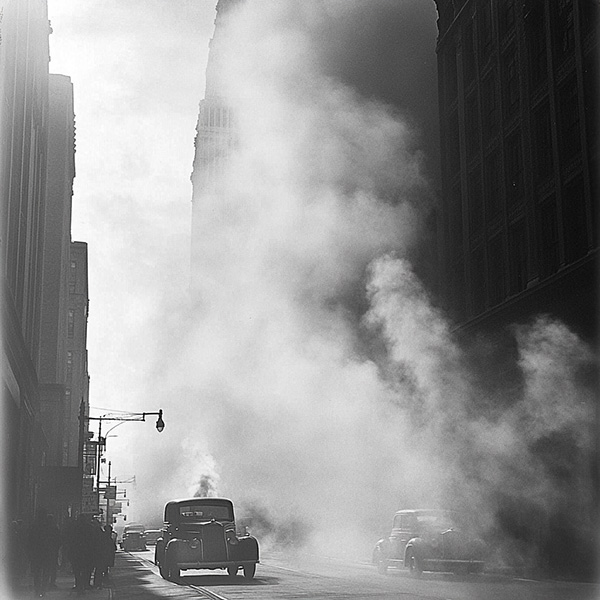
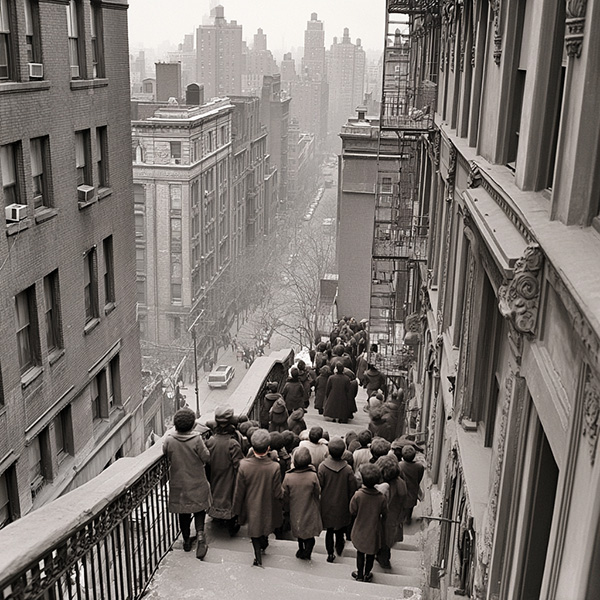
The Legacy: A City That Reflects Its Photographers
What unites these artists is not a shared style, but a shared devotion to New York as subject and symbol. They made space for ambiguity, contradiction, and truth. Their photographs are not just records—they are interpretations. They reflect not just what the city looks like, but what it means.
As I step into the streets of New York with my own camera, I’m reminded that every photograph made here is in conversation with theirs. The light bouncing off glass in Midtown. A solitary figure crossing Delancey. The way shadows stretch in Central Park at dusk.
New York offers no shortage of spectacle—but great photography has never been about spectacle. It’s about seeing. About noticing what others don’t. About listening to the city until it speaks through your frame.

